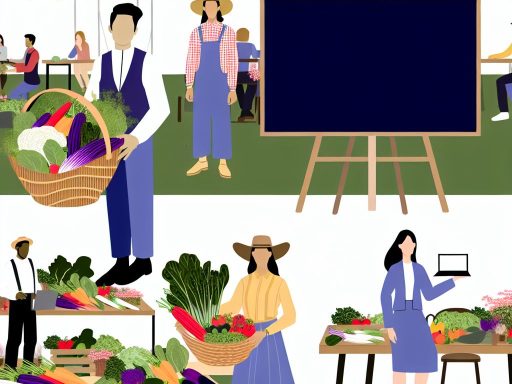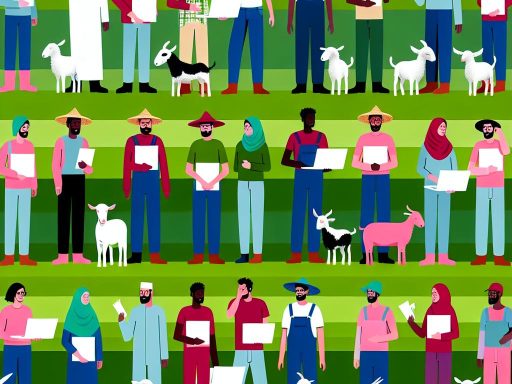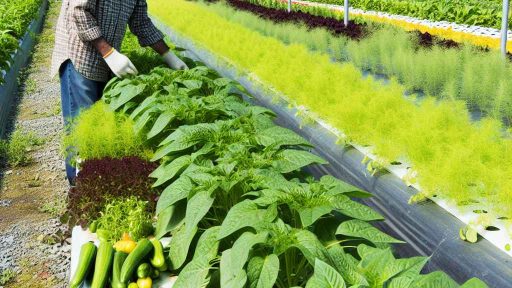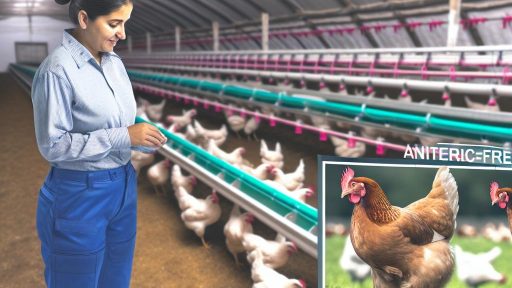Comprehensive Guide To DIY Garden Projects For Regenerative Farming In The USA
Introduction to Regenerative Farming and DIY Garden Projects What Is Regenerative Farming? Regenerative farming restores soil health and…
Nutrient Management for Maximizing Crop Yields in the USA
Introduction to Nutrient Management and Its Importance in Crop Yields Nutrient management is essential for modern farming practices.…
The Role of Proper Vaccination Schedules in Livestock Disease Prevention
Introduction to Vaccination in Livestock Vaccination plays a crucial role in livestock health management. It helps prevent the…
Sustainable Farm Certification for Sustainable Aquaponics and Hydroponics
Overview of Sustainable Farming Practices in Aquaponics and Hydroponics Principles of Sustainable Aquaponics Aquaponics combines fish farming with…
Farm Fresh Delivery Services for Families Seeking Healthier Meals
Introduction to Farm Fresh Delivery Services What Farm Fresh Delivery Services Offer Farm fresh delivery services bring fresh…
Smart Irrigation Systems for Managing Drought in Agricultural Properties
Introduction to Smart Irrigation Systems and Their Role in Drought Management What Are Smart Irrigation Systems? Smart irrigation…
Seasonal Gardening Strategies For Sustainable Small-Scale Farming In USA
Understanding Seasonal Changes How Climate Affects Small-Scale Farming Seasonal changes play a critical role in small-scale farming in…
Assessing Long-Term Climate Stability for Farmland Investments
Introduction to Climate Stability Climate stability is crucial for agricultural success. It directly affects crop yields and farming…
Greenhouse Cultivation for Profitable Specialty Crops in the USA
Introduction to Greenhouse Cultivation and Its Importance Greenhouse cultivation has revolutionized the agricultural landscape in the USA. This…
Poultry Management for Antibiotic-Free Farming
Introduction to Antibiotic-Free Poultry Farming Antibiotic-free poultry farming focuses on raising birds without the use of antibiotics. This…














